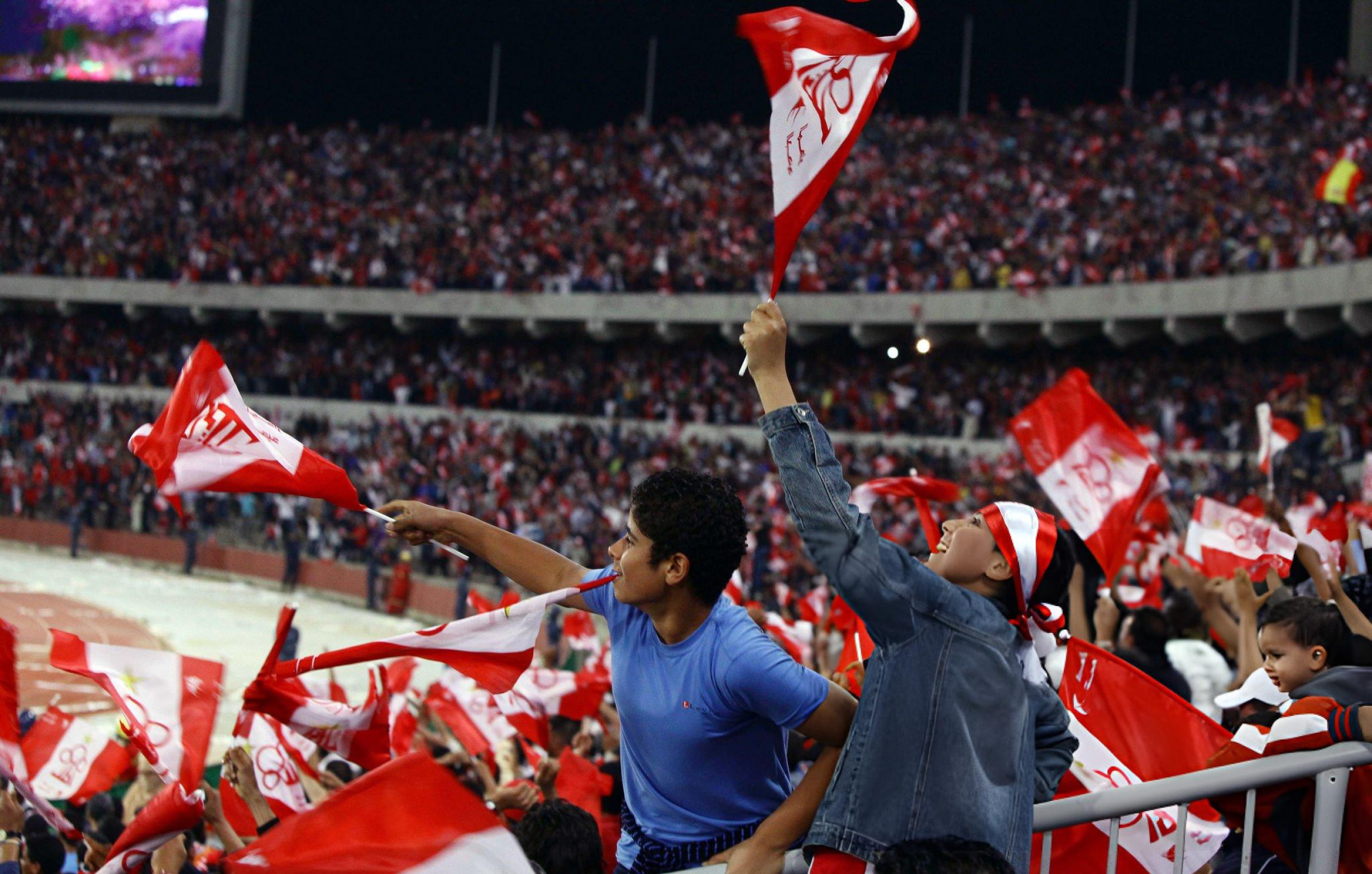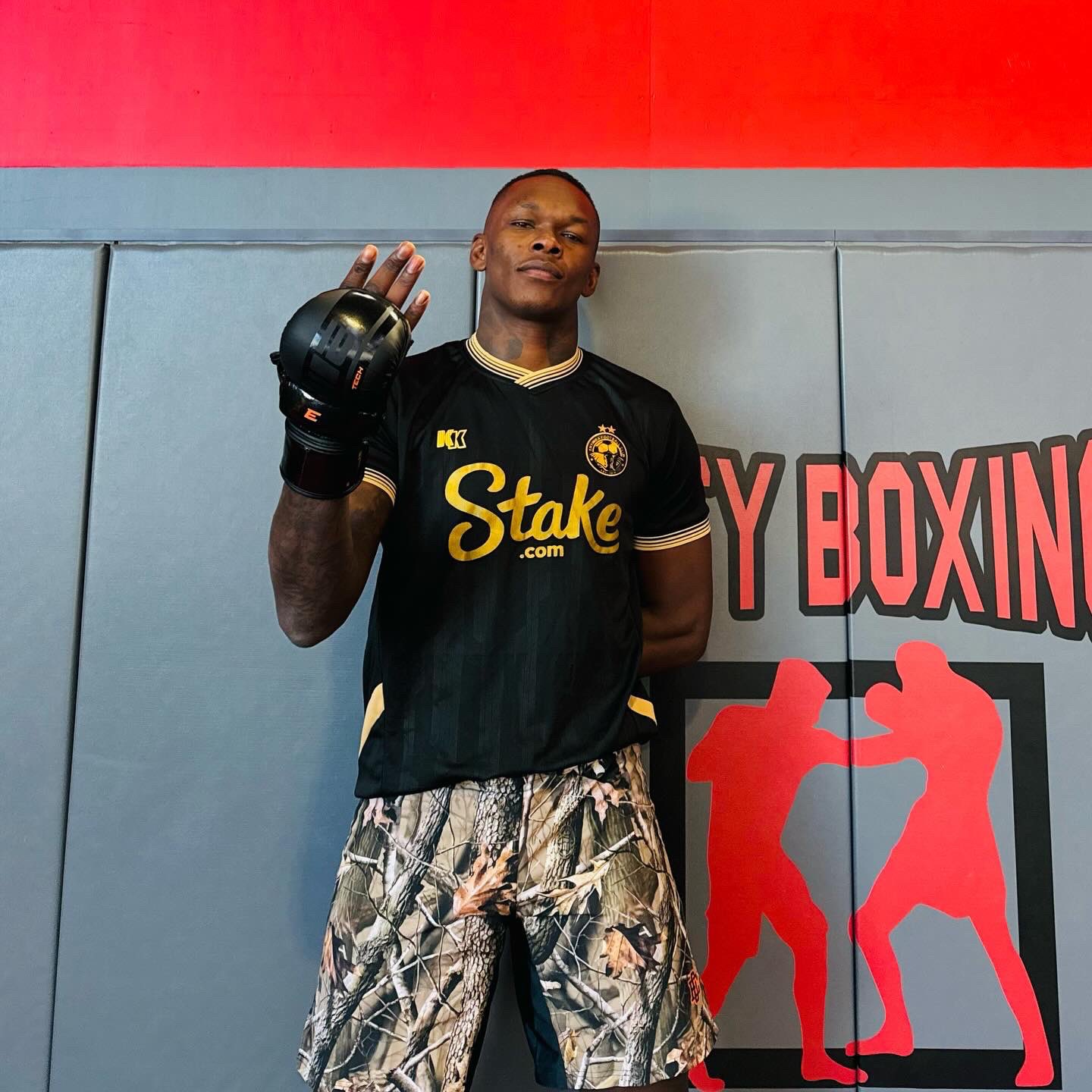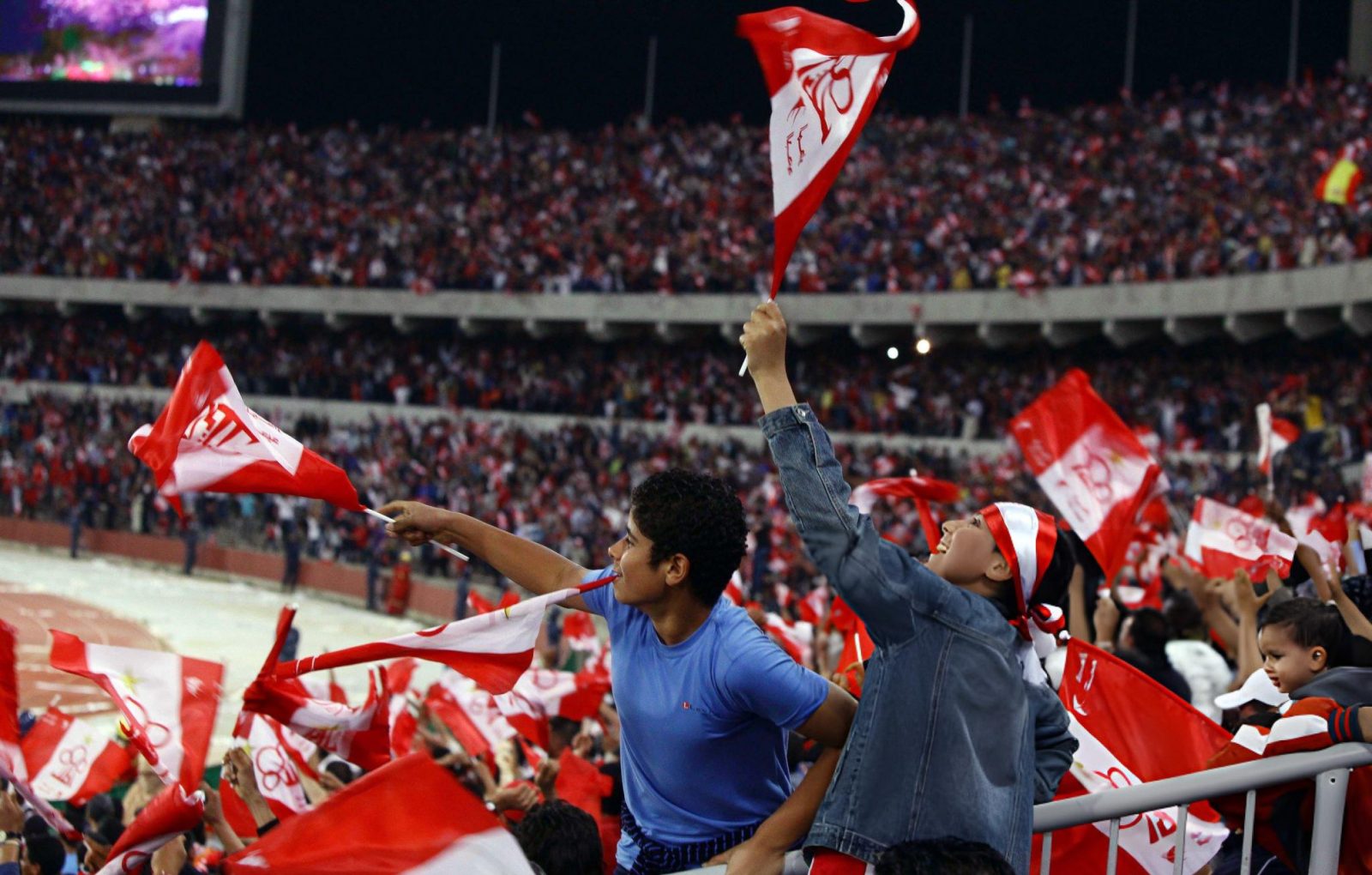Part of the challenge lies in consumer culture. In many parts of Africa, buying branded items is often viewed through a utility lens rather than an identity lens.
By Tuka Letura
For all the talent, passion, and loyalty that African sport commands, most of its clubs and associations still struggle to build self-sustaining business models, a challenge particularly prevalent in sub-Saharan Africa. Too many depend almost entirely on government allocations, prize money, sponsorship from subsidiaries of their owners, and, in some cases, the sale of players to European teams or other clubs with substantial financial capacity.
There’s a quieter, often overlooked sector that has turned sports organisations in other parts of the world into financial powerhouses: merchandise.
Globally, sports merchandise is a colossal industry. By 2030, it’s projected to surpass $50 billion annually, driven largely by fan apparel and collectibles. For context, clubs like Manchester United, Barcelona, and Real Madrid make over 25% of their revenue from merchandise and licensing alone. The merchandise market is not a side business; it’s a strategic lifeline.
Public revenue data in sub-Saharan Africa is notoriously difficult to access, and even harder to verify. Only a handful of football clubs across the region have reasonably structured revenue-generation systems that accurately track income from merchandise sales. The notable exceptions are found primarily in South Africa, Tanzania, Kenya, and Ethiopia, with a few other isolated examples elsewhere.
In reality, few clubs in sub-Saharan Africa treat merchandise as a serious commercial pillar. They may sell a limited number of jerseys on matchdays or release occasional kits, but rarely is there a well-defined retail ecosystem, online sales platform, or licensing structure in place.
That absence represents a gap worth millions. And beyond the financial potential, it underscores a larger opportunity: to reposition African sport not merely as entertainment, but as a fully fledged commercial ecosystem.
Why It Matters
Sports merchandise isn’t about clothing; it’s about culture. When a fan buys a jersey, scarf, or hat, they’re buying belongings. They’re wearing memory, pride, and community. That’s the emotional economy global clubs have mastered, and that’s where African teams are still behind.
Walk through any African city on a Saturday and you’ll see hundreds of Arsenal, Barcelona, and Real Madrid jerseys. But how often do you see fans wearing Enyimba, Kotoko, or Gor Mahia shirts? The reason isn’t that fans don’t care; it’s that the merchandise doesn’t exist, or when it does, it isn’t accessible or affordable.
In short, African fans are buying, just not from their own. The loyalty exists; where that loyalty goes is where the problem lies.
Sports merchandise isn’t about buying clothing alone; it’s about belonging. When a fan buys a jersey, hat, scarf, or even a small club ribbon, they’re expressing identity. It’s a statement of loyalty, connection, and pride. It’s how they carry the memory of the club and their place within its community. That’s the emotional economy global clubs have mastered, and that’s where African teams continue to lag behind.

Walk through any African city on any day, especially at weekends, and you’ll see hundreds of Arsenal, Barcelona, Real Madrid, Manchester United, and Chelsea jerseys. But how often do you see fans wearing the jerseys of local clubs like Enyimba or Asante Kotoko? Hardly ever. And the problem isn’t that fans don’t care; it’s that the merchandise often doesn’t exist, and when it does, it’s rarely accessible, affordable, or aspirational.
Part of the challenge lies in consumer culture. In many parts of Africa, buying branded items is often viewed through a utility lens rather than an identity lens. People buy clothes because they need them, not because they represent something. The idea of spending extra to wear your club’s badge, as an expression of pride, is still developing.
To change that, clubs must invest in brand storytelling. The badge must mean something beyond the game. For instance, Kaizer Chiefs’ branding resonates deeply with South African urban culture. Their gold-and-black colour scheme goes beyond football; it’s fashion. They’ve tied their identity to style, heritage, and confidence.
That’s what drives merchandise culture: emotion. People buy into meaning, not marketing. If clubs can tie their brand to something deeper than the match, they’ll begin building lasting consumer behaviour around their teams, one of many steps towards getting people truly on board.
How Do African Clubs Break Into the Merchandise Market Strategically?
Partnering with local manufacturers will not only cut costs but also root clubs more deeply within their communities. Imagine a club like Rivers United producing locally made jerseys that fans can customise by adding their names at the back; that changes everything. It goes beyond simply owning memorabilia; it becomes a form of ownership.
Local production also keeps value on the continent. Instead of importing from Asia, clubs could tap into existing small-scale garment clusters, empowering local designers and tailors while reducing lead times, and, if done correctly, lowering costs.
African sport can also learn from the music and fashion industries, where collaboration creates excitement and visibility. Imagine a limited-edition collection between Enyimba and a Nigerian streetwear label, or a kit co-designed by an artist. Enyimba, in fact, did something similar when UFC Champion, Israel Adesanya, wore their gold-and-black kit in 2024. Merchandise, then, becomes more than sport; it becomes pop culture.

When fans see their identity reflected culturally, stylistically, and artistically, they buy. Another major roadblock is counterfeiting. Walk through a local market in Lagos, Nairobi, or Accra, and you’ll find dozens of “replica” jerseys; many imported from Asia and sold at a fraction of the price. These undermine clubs’ ability to control both quality and pricing.
However, this challenge can also be turned into an opportunity. If clubs partner with trusted local retailers, including informal market vendors, to sell authentic, club-verified merchandise at accessible prices, they can reclaim the space. The informal market is not the enemy; it can be redirected. Clubs could even produce lower-cost replicas themselves to accommodate fans who cannot afford premium products.
Accessibility also means affordability. African clubs can introduce tiered products, premium jerseys for global fans, and simplified, low-cost versions for local supporters. The key is to maintain presence across every income segment without diluting the brand.
Next is marketing to Africa’s diaspora. With millions living across Europe, North America, and the Gulf, this is a powerful yet largely untapped market. The diaspora already embraces African music, fashion, and food, yet has few tangible ways to connect with African sport commercially.
Selling merchandise to them is more than business; it’s a way to share culture. A Kenyan in Toronto or a Nigerian in London would proudly wear their local club’s jersey if it were available. It’s both a link to home and a reflection of identity.
With the right partnerships, this could expand into pop-up stores, brand collaborations, and fan events abroad. The emotional and financial potential is enormous—waiting only for structure and digital access.
Finally, African clubs can borrow lessons from global merchandising strategies without replicating them blindly. Europe’s model is built on decades of industrial infrastructure. Africa’s approach must be rooted in creativity and accessibility, tailored to the interests and realities of its people.
Latin America offers a closer parallel. Clubs like Boca Juniors and Flamengo monetise passion within economic constraints similar to Africa’s, relying on vibrant local fandom and street fashion influence.
Asian clubs, on the other hand, have mastered digital fan engagement, building online sales channels long before physical stores. African clubs can fuse both models: rich cultural storytelling with digital accessibility.
To unlock the merchandise market, clubs must start seeing themselves as brands, not just teams. That means appointing marketing professionals, designing coherent visual identities, and creating consistent experiences across both physical and digital platforms.
Without this shift, even the best products will fade into the noise. To do that effectively and efficiently, there will be need for help from their respective governments.
Governments and federations can help by:
- Offering tax breaks or incentives for local sports merchandise manufacturing.
- Supporting intellectual property enforcement to protect club brands.
- Encouraging collaborations between sport, fashion, and creative industries.
Meanwhile, private investors should view sports merchandising as a growth industry, not a form of charity. The returns, especially as African sport continues to globalise, could be significant if properly pursued.
If African clubs take merchandising seriously, they can move from survival mode to profitability. It will create jobs for designers, tailors, marketers, and logistics agents. Fans are ready. The question is whether clubs are willing to invest in identity as much as they do in tactics.
Until that question is answered, the continent’s most profitable player might still be sitting on the bench, waiting for someone to hand it a jersey.
Tuka Letura is an experienced sports writer with over six years of experience in the craft. He uses data and statistics to provide analysis and commentary. From regional to worldwide competitions, he has covered a wide range of sports-related events and topics. He is devoted to sharing his enthusiasm for sports with his audience and engaging them with interesting anecdotes and viewpoints.




